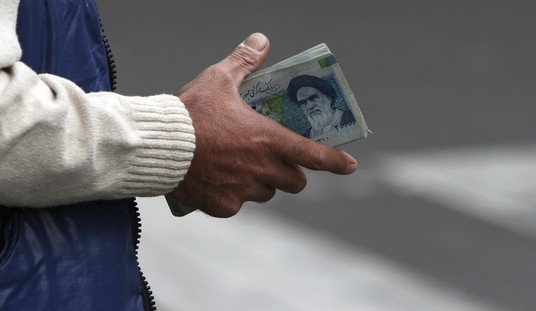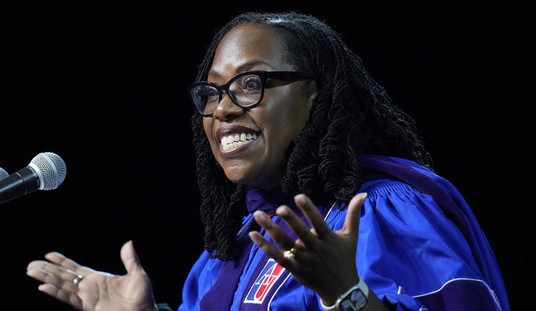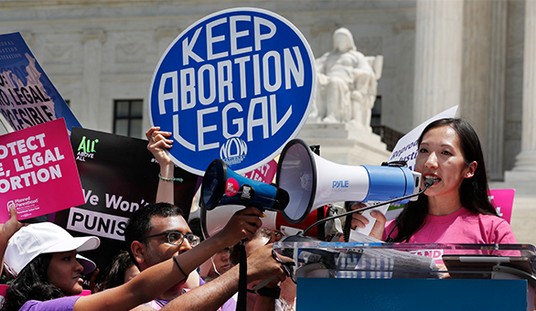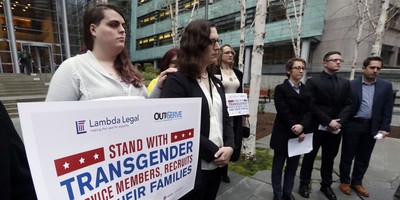Okinawa's ground battle began April 1, 1945, when four American divisions simultaneously assaulted the 65-mile-long island.
With two U.S. Marine and two U.S. Army divisions debarking, the attack was one of the Pacific theater's largest amphibious assaults.
U.S. commanders, however, were planning another Pacific D-Day, one that would far exceed Okinawa and the Philippines' invasions in scope, complexity and -- yes -- casualties.
That would be the war-concluding assault on Japan's home islands. Okinawa's 660 square miles provided America with a big logistics dump and staging area only 350 miles from Kyushu's Southern tip.
Japanese leaders knew defeating the U.S. attack was most unlikely. Okinawa, like Peleliu and Iwo Jima, would be a battle of attrition and a delaying action. Translated, that means a bloodletting to buy time.
Fanaticism served Tokyo's military purposes and strategic diplomatic ends, so everyone expected fierce Japanese resistance on Okinawa. However, the sustained fanaticism in the island's surrounding waters cruelly tested the U.S. Navy. On April 6, hundreds of suicide planes attacked ships supporting the invasion. By June 22, the day fighting on Okinawa officially ceased, Japan had launched 1,465 kamikaze attacks, sinking or severely damaging 30 U.S. warships.
On shore, some 80,000 to 100,000 Japanese manned hardened fortifications. Historians debate the total number of defenders. The Okinawan Home Guard (Boeitai) participated, but to what extent is uncertain: 500,000 civilians lived on the island. Though Tokyo's ruling supremacists regarded Okinawans as low caste, they encouraged them to die for the Emperor, in droves.
That served the diplomatic end. With the European war drawing to a close, Japan's rulers gambled that strategic fanaticism would convince war-wearying America that fighting Japan was too costly. Attention Missouri, New York, Texas -- your soldiers will die for each inch of rock.
Recommended
The Japanese decided to defend Okinawa in selected sectors. Troops would wait inland. If the kamikazes sank a few supply ships, that might slow the land attack. As U.S. troops approached, Japanese forces would attack then withdraw into the defense system, forcing a bunker-to-bunker fight. Defenders in the South might resist for months in the concentric defense surrounding the town of Shuri.
U.S. troops initially met limited opposition. By April 4, a Marine division had cut across the island. On the same day, U.S. Army units encountered in-depth defenses to the south. The kamikazes hit the fleet; Japanese in the Southern sector launched several vicious attacks. And Okinawa's great bleeding began.
From April 12 to 14, the Japanese attacked along the entire south front. Both sides suffered casualties; the U.S. invasion stalled. On April 30, an Army division had to be withdrawn. Bunker battles had reduced the division to 30 percent strength.
Japanese attacks in early May rattled U.S. forces. However, outside their forts, the Japanese suffered heavy casualties. One assault cost the Japanese 7,000 dead. The Americans employed endless volleys of artillery and on-call air strikes.
Monsoon rains slowed operations in late May. The mud and muck reminded some of WWI's Ypres battlefield. U.S. forces chipped away at the concentric defense. An intense artillery barrage would rake a Japanese bunker; a limited infantry assault would finish the dirty job. Behind the bunkers, GIs found more bunkers, but the defenders were less skilled. Fighting lapsed. On June 22, the Japanese commanders committed ritual suicide.
All told, Okinawa killed 12,500 Americans and wounded approximately 50,000. It was the U.S. Navy's biggest killer, with 4,907 sailor deaths and 4,874 wounded. Japan lost an estimated 75,000 military dead. As for civilians? Estimates run from 50,000 to 110,000.
U.S. president and WWI vet Harry Truman understood Tokyo's strategic message. Over a six-day period during the Meuse-Argonne offensive (September-October 1918), Truman's own division had 1,126 killed and 5,000 wounded. WWI ended a long month later. He didn't want young Americans to bleed for every inch of Japan. And why should 500,000 Japanese die in a lost cause? Well, maybe they wouldn't have to if the A-Bomb project panned out.

























Join the conversation as a VIP Member